The Health Assessment Resource Center (HARC) recently released their 2013 report on the health of our community. Not only is the information fascinating and easy to digest, it is also the comprehensive data many organizations use to secure grant funding and status. The survey results, which are available to everyone, have brought $7.1 million to 68 organizations in the Valley since 2010.
“Our first goal in using these measurements is to help us understand what is going on in the community in the realm of health and wellness,” said HARC President, Dr. Glen Grayman at the release presentation, “but the ultimate goal is for us to pull together to work to improve deficiencies.”
Assemblyman Manuel Perez added that, “HARC data is important so organizations throughout the Coachella Valley can have the evidence they need to ensure they receive the dollars deserved to enable us to move mountains and make change.” He said the evidence also helps ensure that policy is built from the ground up and adequately reflects the needs of our community.
Bruce Yaeger, executive director for Volunteers in Medicine uses HARC data exclusively for all his grant proposals. “If we didn’t have this data, we probably wouldn’t be here.”
Desert AIDS Project worked with HARC to secure Federally Qualified Health Center (FQHC) status qualifying them for enhanced reimbursement from Medicare and Medicaid, as well as other benefits.
Linda Evans, director of business development at JFK and Desert Regional hospitals shared how they used to receive calls from non-profits asking questions like ‘how many pediatric patients did you treat last year?’ “We didn’t have the systems in place to accurately provide this information; now we send them to HARC.” The hospitals also use this quantifiable data as an economic driver to attract new physicians to the area.
Ginny Foat, executive director of the Mizell Senior Center added, “Our area has such a reputation as a wealthy senior retirement community, but when you look at the data, there is such a different picture out there.” Last year Mizell served 120,000 meals to seniors with funding received based on HARC data.
Pam Gabourie, director of institutional giving and planning for Planned Parenthood of the Pacific Southwest stated, “It is not enough to present a compelling story, you need to back it up with exceptional data.” She said that only HARC was able to tell them that more than half of the parents and guardians in the Coachella Valley had not spoken to their children about sexual issues or pregnancy. This information helped secure Planned Parenthood’s largest grant of its kind, $1.7 million for a local public awareness campaign.
At Desert Health®, we use HARC for statistical reporting and know that many students resource the information for school projects and reports.
There are very few communities who have this type of data, says Grayman, which puts the Coachella Valley in a unique position to do more for its residents.
So how will you use HARC?
The comprehensive executive report is available online at www.HARCData.org. 2007 and 2010 survey data is available online in HARC’s searchable database; 2013 information will be added in April. For more information, contact staff@harcdata.org.






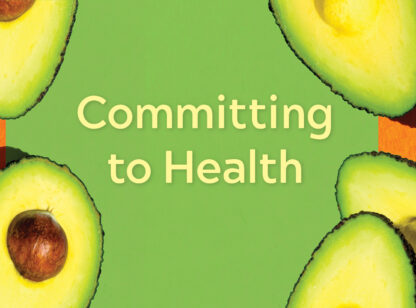

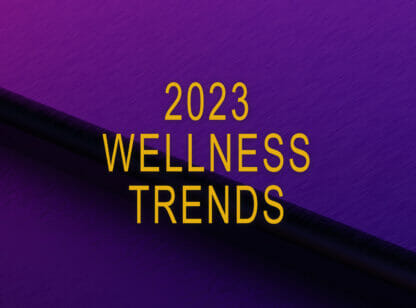
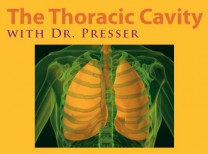
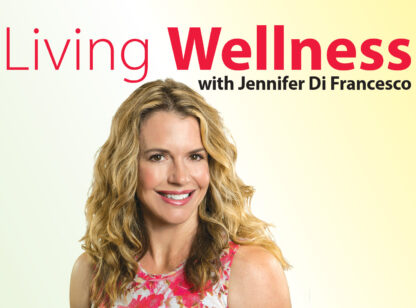






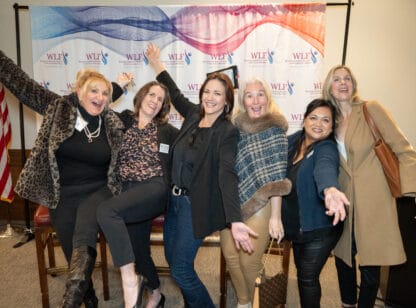
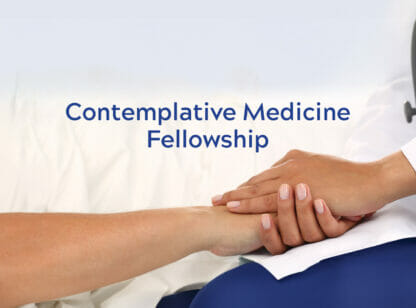
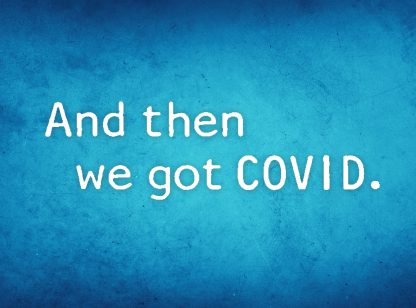




























Comments (0)